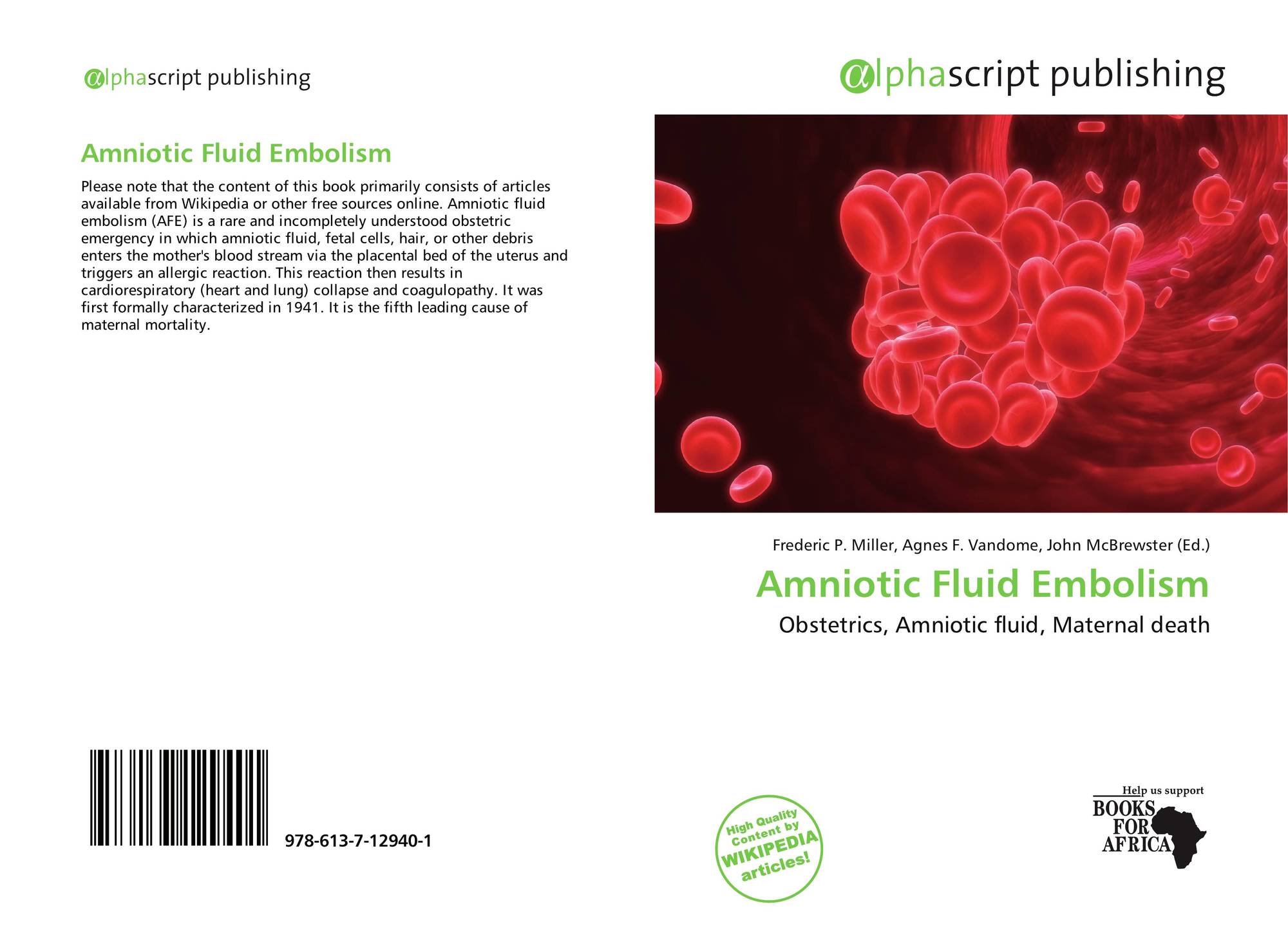

6 Forty studies 2, 6– 44 had data on the incidence of AFE and/or associated maternal and perinatal mortality around the world. In 1941, Steiner and Lushbaugh, 2 based on the occurrence of 3 cases of fatal AFE in the first 24,200 deliveries at the New Chicago Lying-In Hospital, estimated the incidence of AFE to be about 1 in 8000 deliveries (maternal mortality ratio of 12.4 deaths per 100,000 deliveries), but subsequently realized that this was an overestimation since no more cases were observed in the next 26,000 deliveries (corrected maternal mortality ratio of 6.0 deaths per 100,000 deliveries). This review critically examines, from the best available evidence, the current knowledge regarding the epidemiology, pathogenesis, pathophysiology, diagnosis, and treatment of AFE. Moreover, several aspects on this condition remain a subject of controversy.

#AMNIOTIC FLUID EMBOLISM VS PULMONARY EMBOLISM SERIES#
3 Evidence on AFE, however, has been mainly based on individual case reports, autopsy series, or uncontrolled case series due to the low frequency of the condition. Understanding of the pathogenesis of AFE has increased substantially in the last two decades since this disorder was recognized as 1 of the main causes of maternal mortality in the United States. The presence of fetal debris in the pulmonary blood vessels of a mother who had died suddenly in labor was first described by Meyer 1 in 1926, but it was not until 1941 that death following sudden collapse during labor or in the immediate postpartum period was attributed to AFE. Amniotic fluid embolism (AFE) is a rare and often fatal obstetric condition, characterized by sudden cardiovascular collapse, altered mental status, and disseminated intravascular coagulation (DIC).


 0 kommentar(er)
0 kommentar(er)
